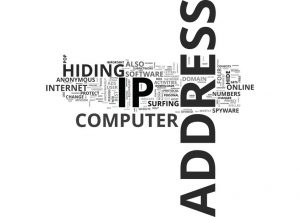
If you came to this article, you maybe want to learn more about the DDoS attack. So, yes. Here you will find the fundamental information about it. In addition, and more specifically, we will look at the purpose of this attack, how it function, and what are the methods to prevent it. So, if this matches your desires, let’s start exploring it!
DDoS attack purpose
A Distributed-Denial-of-Service (DDoS) attack is a type of cybercrime. It means that the goal of a DDoS attack is to overwhelm a server, computer, or network with massive amounts of traffic generated from multiple sources. When the target fails, its services or access to it for regular users is denied.




